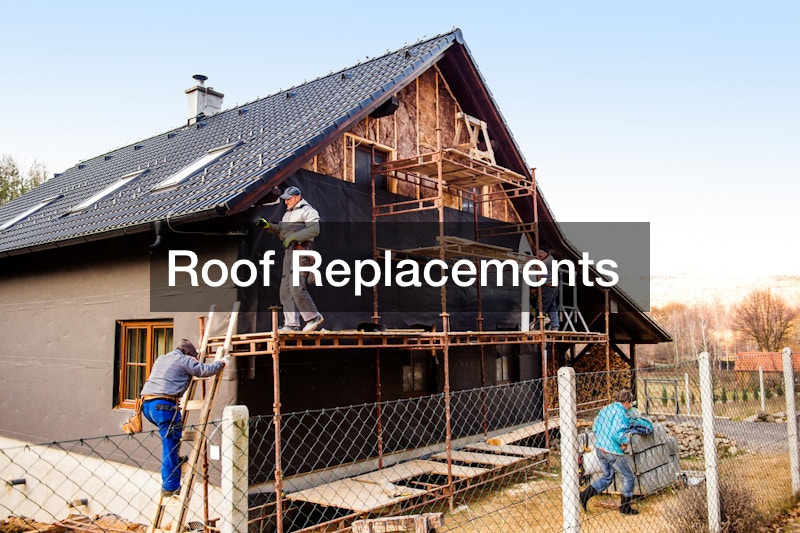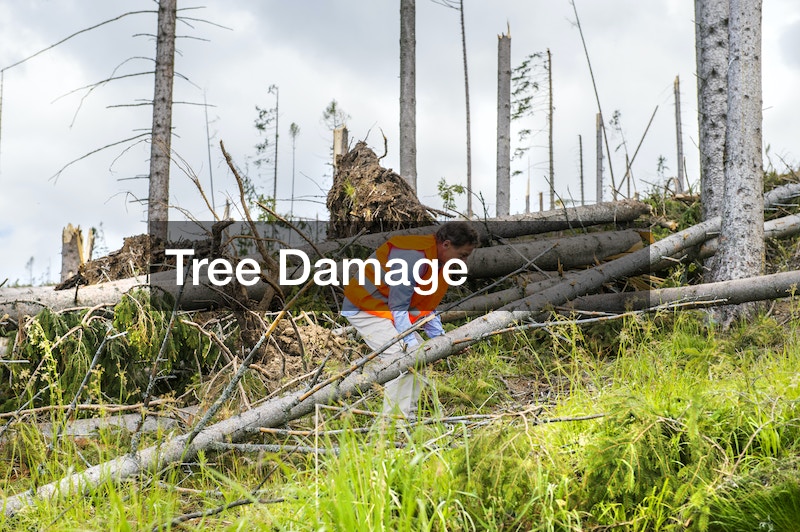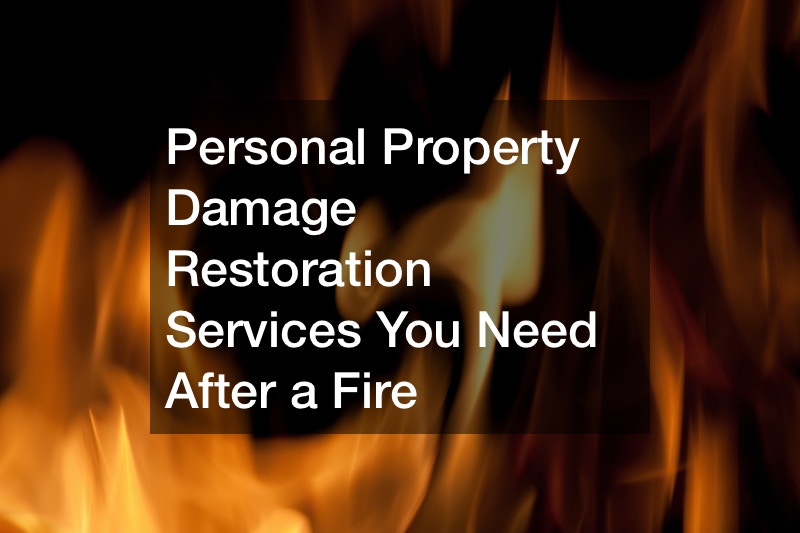
Insurance coverage for roof damage varies depending on the cause. In general, if the damage is a result of a covered reason outlined in your insurance policy, such as a storm or a fallen tree, the damage and necessary repairs may be covered. However, it may not be covered if the leak is due to wear and tear or lack of maintenance. This guide provides you with some detailed information about what may be covered by your insurance.
Leaks
In general, insurance coverage for leaks and roof repairs resulting from leaks can vary. The coverage depends on the cause of the leak and the terms of your insurance policy. It’s important to review your insurance policy to understand the specific coverage and if there are any exclusions related to leaks. Insurance policies typically cover sudden and accidental events that cause leaks. These events could be hail, storms, or wind damage. It could also be fire or a sudden burst pipe. If the leak is a direct result of these events, the repairs may be covered by your insurance policy.
Insurance policies typically draw a line between sudden damage and gradual damage. Sudden damage occurs when there is a sudden event that causes an immediate leak. This could be something like a tree falling during a storm. Gradual damage is a leak that develops over time due to wear and tear, lack of maintenance, or age-related deterioration. Insurance policies do not often cover gradual damage as it is part of the homeowner’s responsibility to maintain and repair their property. Another important consideration is that your insurance policy may not cover the leak; it could cover the resulting water damage. An example of this is when a leak causes water damage to your interior walls, ceilings, or personal belongings; your insurance policy may cover the cost of repairing the water damage.
Your insurance policy’s specific terms and conditions will outline the coverage for leaks and roof repairs. You must review your policy documents carefully to understand what’s covered, exclusions, deductibles, and limits. Anytime you experience a leak, it is essential to document the damage with photographs or videos. You should contact your insurance provider as soon as possible to report the leak and initiate the claims process. You can expect the insurance company to send an adjuster to assess the damage and determine the coverage and necessary reimbursement for repairs.
Missing Shingles or Tiles
Insurance coverage for missing roof shingles varies depending on the type of roof. It doesn’t matter what roof type you have, from asphalt to tile roofs; the coverage still depends on the specific insurance coverage. If the missing shingles on a tile roof are from a covered event specified in your insurance policy, there is a chance a roof replacement is covered. Events that are typically listed in insurance documents include storms, hail, wind, or falling objects like tree limbs. You should still check the specifics in your policy before you assume your replacement is covered.
Sometimes, insurance policies treat tile roofs differently because they have unique characteristics. This also means they cost more to replace. Some insurance companies need a specific endorsement or additional coverage for tile roofs. This additional coverage is intended to cover increased expenses. If you have a tile roof, the maintenance you provide and its age may make a difference in if it’s covered. Insurance companies expect you to have regular inspections and perform maintenance and repairs for your roof. If shingles are missing due to aging, lack of maintenance, or normal wear and tear, they will likely not be covered.
Asphalt roofs are similar to tile roofs in that if an event causes missing tiles, the repair or replacement is more likely to be covered. Before you contact roofing contractors, you should understand the age and wear of your roof. Older asphalt roofs typically have more wear and tear. This makes it less likely for insurance to cover missing shingles that have fallen because of the age of the roof. Some insurance policies have restrictions or limitations on covering roofs beyond a certain age. Just like with a tile roof, the condition of the roof makes a difference in what the insurance will provide in the way of coverage. Regular maintenance and prompt repairs are important to extend the life of your roof, but also essential when it comes to insurance claims.
Storm Damage

You can expect roof storm damage to be covered by your insurance policy. Many standard homeowners’ insurance policies include coverage for damage that is caused by storms, including damage to the roof. Storm damage can include many different factors. It can involve hail, wind, lightning, or other severe weather conditions. It’s important for you to review your insurance policy to understand the specific events that are covered. You should expect that severe weather events are covered. This could include hurricanes, tornadoes, and hailstorms. When there has been a storm, it’s important to document the damage to your roof with photographs or videos.
Roofing companies can assess the extent of the damage caused by severe weather. They can provide a detailed report to support the insurance claim. They are able to identify the necessary repairs or replacements needed based on their expertise. Roofing companies can document the damage with photographs, videos, and written descriptions. This documentation will be helpful in proving the extent of the damage and the need for repairs or replacement. You want to contact your insurance provider as soon as possible to report the damage and initiate the claims process. A residential roofer can help you file insurance claims. They can also communicate with the insurance company for you. They gather all the necessary information, complete the required forms, and ensure that the claim is properly submitted.
When you file a claim for roof storm damage, an insurance adjuster will most likely come to your home to assess the damage. The adjuster determines the coverage and reimbursement for necessary repairs or replacements. Roofing companies can help by providing detailed cost estimates for the repairs or replacements needed. They are able to work with the insurance adjuster to negotiate and ensure that the estimated costs align with the coverage provided by the insurance policy. You should also be aware of the deductible specified in your policy. This is the amount you are responsible for paying out of pocket before the insurance coverage pays. Additionally, your insurance policy may have a coverage limit for certain types of damage, including roof damage.
Roof Replacements

It’s possible that a roof replacement may be covered by insurance; however, it may only be in certain circumstances. The coverage for roof replacements depends on the cause of the damage. The terms and conditions of your insurance policy matter, too. Insurance policies usually cover roof replacements when the damage is caused by events that are outlined in your policy. These events can include storms, fire, hail, or wind. If the damage to your roof is directly related to one of the covered events, it’s more likely that your insurance company will cover the cost of a roof replacement.
Even when a specific event has occurred that requires your roof to be replaced, the insurance company will consider the age of your roof. If the damage is related to normal wear and tear or the natural aging process, you should expect that it might not be covered. Insurance policies typically cover sudden and accidental damage. If the damage that requires a roof replacement is related to age or general maintenance, it’s not likely to be covered. A local roofing contractor can help you determine if the replacement is needed because of age or general wear and tear.
It’s best to review your entire insurance policy so you can understand the specific coverage of your policy. It also helps you determine if there are any exclusions or deductibles. It should also list any limits related to roof replacements. There could be limitations on the materials covered and coverage amounts. It’s important for you to understand the deductible in your policy. The deductible is what you are responsible for paying out of pocket before the insurance coverage applies.
Tree Damage

Tree damage to your roof may be covered by insurance, but it depends on the circumstances and the terms of your specific insurance policy. Insurance policies usually cover damage caused by falling objects, including trees, as long as the cause for it is listed in the details of your policy. Common events that are covered include strong winds, storms, lightning strikes, and similar events. If a tree falls on your roof as a result of one of these events, there is a higher chance that your insurance policy will cover the damage. Insurance policies sometimes have exclusions for damage caused by trees that were diseased, dead, or in poor condition.
If the tree was in a dangerous state, and you didn’t address it or take preventive measures, the insurance company may deny coverage. Regular maintenance, roofing service, and removal of dangerous trees on your property are important to reduce the risk of damage and maintain insurance coverage. Some insurance policies have separate provisions or endorsements that specifically provide coverage for tree damage. These endorsements often include additional coverage for the removal of fallen trees, debris removal, or temporary repairs. It’s important to note that your insurance policy may have specific limits on the coverage amount for tree damage. You always want to review your policy to understand the additional coverage and any applicable limits.
Documentation is always important, especially when you have roof damage caused by trees. You want to take pictures or videos for evidence. Contacting your insurance provider as soon as possible to report the incident is important. You want to initiate the claims process quickly. Most likely, an insurance adjuster will come and assess the damage. They also determine the coverage for repairs or roof replacement. If you aren’t sure about the kind of coverage your insurance policy provides, you should contact your insurance provider. Consult with them to understand more about your specific coverage and ensure your house is protected in the event of a tree falling.
Water Pooling

You may have insurance coverage for water pooling on your roof, but just like all other severe events, it depends on your coverage. Insurance policies typically cover water damage resulting from sudden and accidental events. This includes events like hail, storms, wind-driven rain, or a sudden burst pipe. If the water pooling on your roof directly results from one of these events, there is a higher chance that your insurance policy will cover the damage caused by the pooling water.
It may not be covered if the issue was caused by a more gradual problem, like lack of maintenance, normal wear, and tear, or improper roof drainage. These are usually considered maintenance issues and are not protected under your insurance policy. While the water pooling itself may not be covered, your insurance policy could include coverage for resulting water damage. If the inside of your property is damaged as a result of the water pooling, it may be covered. This could include damage to ceilings, walls, or personal belongings. Insurance companies expect homeowners to take reasonable measures to prevent water-related issues. This could include contacting commercial roofers for inspections, maintenance, and quick commercial roof repair. These steps are important to prevent water pooling and related damage.
Regular roof inspections and prompt repairs for any existing issues are important to prevent water pooling and potential damage. Failure to properly maintain your roof may impact coverage for water-related issues. You may need to contact a local roof coatings company for help. Your policy may have some exclusions for certain things. This means if you fit the criteria, such as having a flat roof, your insurance policy may not cover the damage. If you live in an area that is known to have water-related problems, your insurance may not cover the roof. You could also have higher deductibles and monthly amounts if you live in these areas.
When you have roof damage, it can be stressful. Your hope is that your insurance policy covers the damage and cost of repairs and replacements. It’s important to know what your insurance policy covers so you don’t have any surprises.



